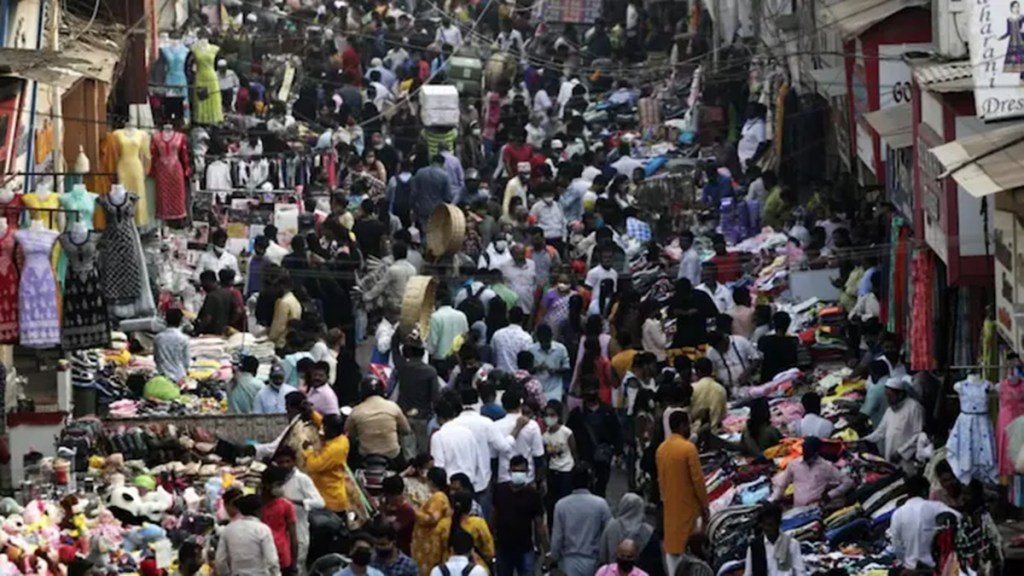Recent exhortations by the chief ministers of Andhra Pradesh and Tamil Nadu to their respective people to raise more children have brought to the fore the asymmetry of India’s development paradigm once again. Even as the country is eager to reap its “demographic dividend” (its median age is just 28.4 years, and over half of the population are under 25 years), the southern states have started worrying about the burden and consequences of an ageing population, and low birth rates. Although the decennial census, last conducted in 2011, is delayed, total fertility rate (TFR) of the country is reckoned to be a little over 2 at present, marginally lower than replacement level fertility (2.1), indicating that, over time, the population would decline at this rate. However, at the national level, this should not sound alarming yet, considering that India’s current population is much higher than its land mass or resources would allow, and that a sizeable chunk of the working-age population isn’t part of actual labour force.
In terms of population density, India is at the 20th slot globally, but among the relatively large countries, there are only a few which are denser with people. The countries with higher population density than India, but more developed, like South Korea and Singapore, aren’t strictly comparable. In any case, they have TFRs much below India’s. It is too early for India to fret over the falling TFR. Also, the rise in age at marriage, which is a relatively recent phenomenon among the top income percentiles of population, is also a factor behind the falling TFR, meaning its pull-down effect would reduce over the next decade or so. The demographic dividend of India is seen to peak by around 2040, and fizzle out by the middle of the century.
But the boon would only be a fraction of its potential. This is because while India is expected to have 1 billion working-age people by 2030, only a fraction of them would be productive. Policies at the federal and state levels in the past haven’t kept pace with the rate at which the demographic dividend was to be accumulated. Of course, there is still a window for using the residual dividend as a growth driver and development catalyst. To optimally capitalise on it, however, the youthfulness of the population must be reinforced with steps to enrich the human faculties with education, and skilling, and thereby enhance labour participation, especially among women, where it is abysmally low.
The concern among southern states over their soon-to-be-falling population is understandable. This has already had a material adverse impact on their shares of the nation’s fiscal resources, and now poses the threat of the delimitation process substantially reducing their representation in Parliament. However, fiscal sops to encourage people to rear more children haven’t been efficacious in the developed world, and it would no longer work even in India. Population asymmetries will naturally correct to an extent with migration within and from the country, and there is already evidence of this happening. Enhancing the states’ overall share in the divisible tax pool to 50% or so, and tweaking the formula for distribution of these funds among states, could be among the solutions to the vexed issue on the fiscal front. Splitting bigger states further could help reduce the concerns over rising concentration of political heft in some large states.

